Adaptable Design: Flexible Buildings for a Sustainable Future

Forward-thinking architects want a building that can accommodate change, withstand wear and tear, and in times like these, serve as a flexible community asset that can easily adapt to changes. In today’s world, it is more important than ever.
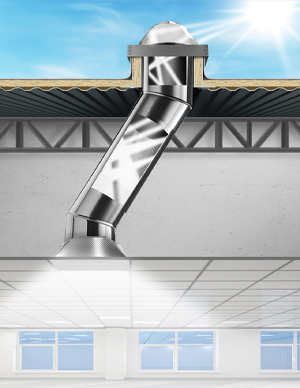
What is design for adaptability and flexibility?
The primary goal of designing for adaptability and flexibility is to lengthen a building’s lifespan to accommodate changing socio-economic and environmental conditions, enabling the building to evolve as the user needs change. This type of design has many advantages, including:
Environmental Benefits
Designing for adaptability and extending the life of materials and buildings can diminish the waste of resources and the pollution and global warming associated with the creation of new materials and buildings. It also keeps in place all the natural resources that have been withdrawn to produce and install materials and all the environmental releases to water, air, and land generated by the building’s extraction, manufacturing, and construction.
Resilience Benefits
Using simple, durable, and adaptable materials can also help a building be resilient and stand up to the forces of nature due to climate change.
Community Benefits
Because building demolition and new construction can affect the quality of local life with noise, pollution, and disruption of sidewalks and streets, designing for adaptability and reducing the need for new construction can benefit the local community, too.
Economic Benefits
Lastly, adaptable buildings of course have more inherent financial value because they can be adapted and renovated as occupant needs change. Durable, quality materials and products used to support flexible design can also provide long-term savings by avoiding basic repairs.
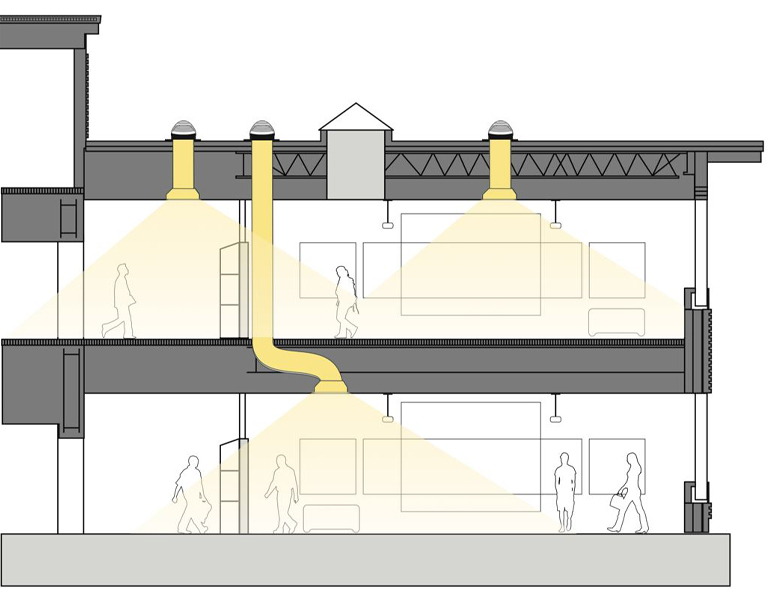
So, how do we achieve this flexibility?
As we mentioned above, flexible, durable, and sustainable building products are needed to help create an adaptable design that will accommodate future needs.
Solatube Tubular Daylighting Devices (TDDs) are a simple, affordable, and energy-efficient way to bring natural, controlled sunlight into a building. With Solatube TDDs, daylight can reach places never thought possible, overcoming limitations associated with windows and traditional skylights in both new and retrofit applications.
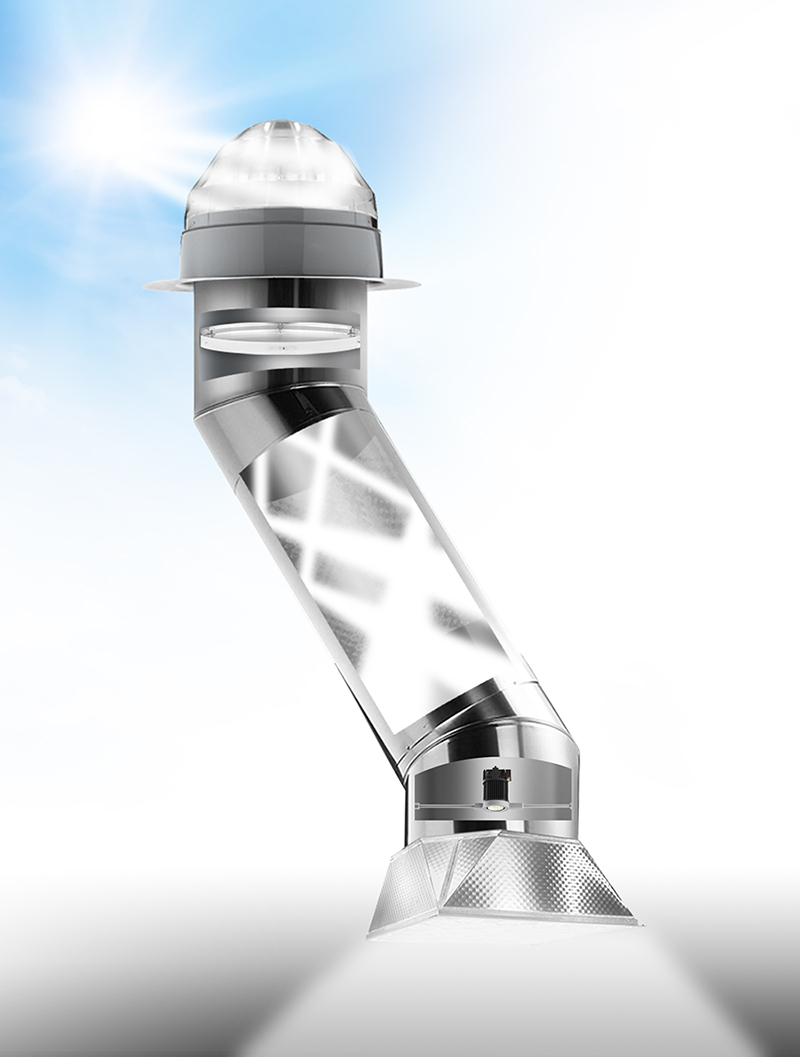
What are TDDs exactly?
TDDs start with domes that sit on the roof of a building, engineered to capture sunlight from virtually any angle. They then push that light into the building space via highly reflective tubes and fixtures that diffuse it for a beautiful spread of natural light into the area beneath. Additional features can also be fitted to specific TDD systems to allow the devices to dim and/or integrate with LEDs.
TDD patented technology nearly eliminates infrared wavelengths from 950-2500nm, allowing the system to deliver a full spectrum of visible light without bringing in the heat, making TDDs perfect for hot climates where traditional skylights may be a problem.
The best part is that the TDD flexible tube design allows for simple configuration to new partition locations if the user needs to change. The polycarbonate dome at the roof will remain in its original location, but the light distribution lens and tubing can easily be re-aligned to fit the new design. Fixtures can be swapped out and new Effect Lenses or lighting controls can be added or removed to customize the new space. This equates to simple and affordable adaptability for your building needs now as well as those in the future.
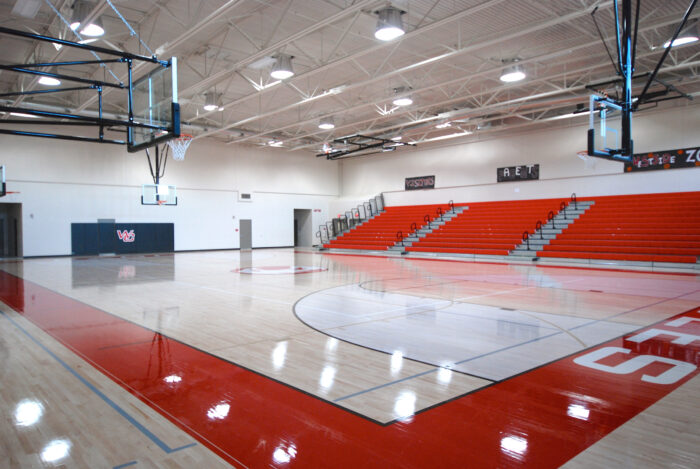
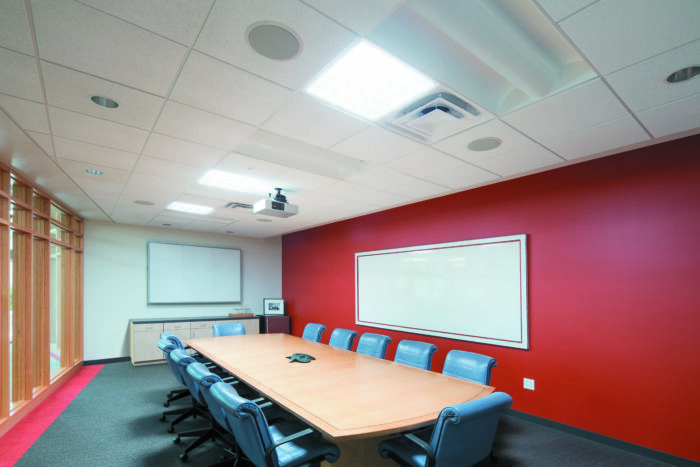
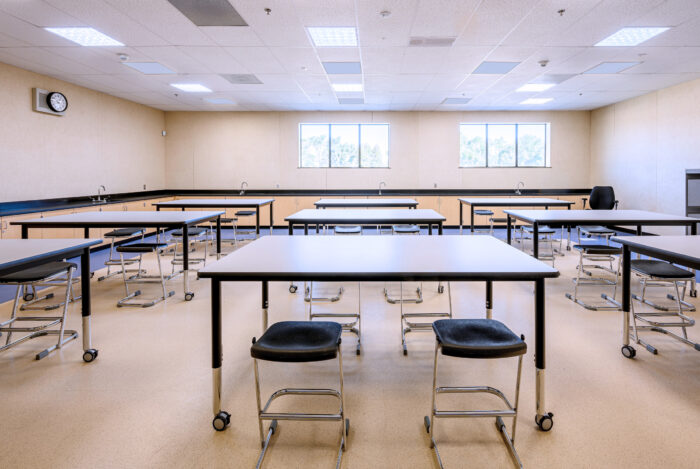
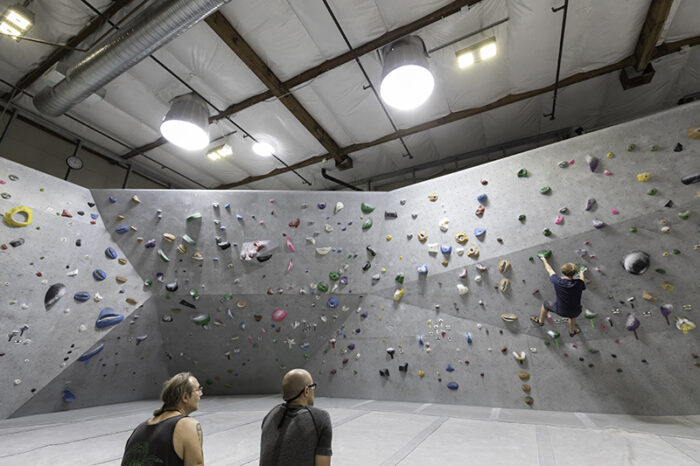
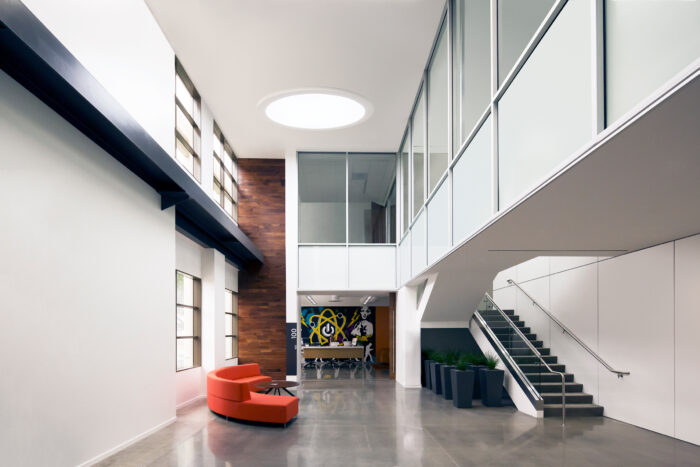
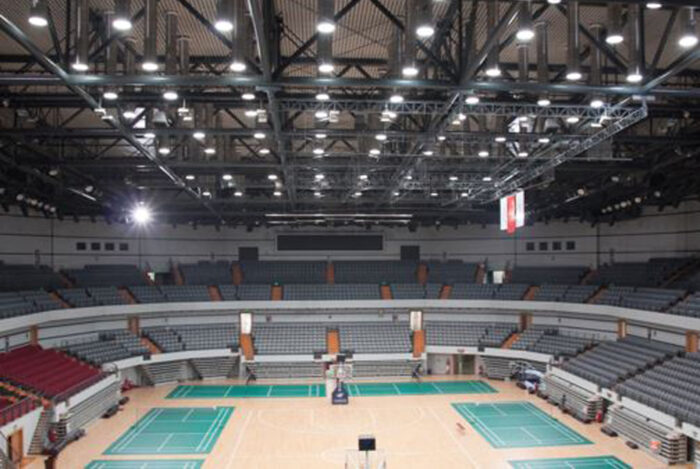
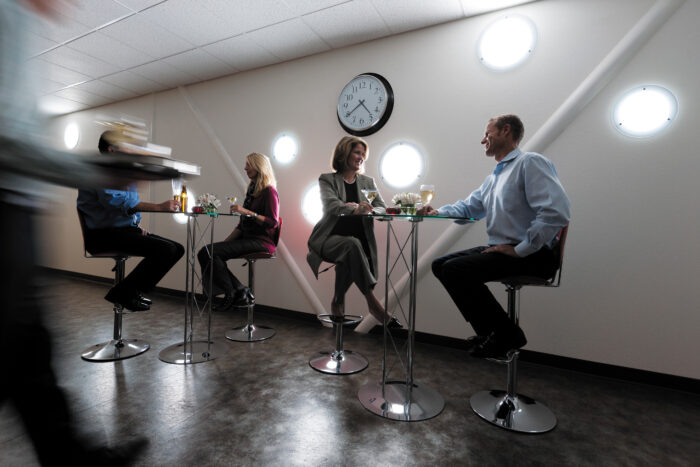
If you want to learn more about adaptive and flexible design using the power of the sun, you can call 888.SOLATUBE to set up a free consultation or visit Solatube.com/commercial to find your local distributor. We can help find flexible solutions by incorporating Solatube TDDs into your projects, from spec writing to daylight modeling to a simple consultation.
Source: https://content.aia.org/sites/default/files/2020-03/ADR-Guide-final_0.pdf